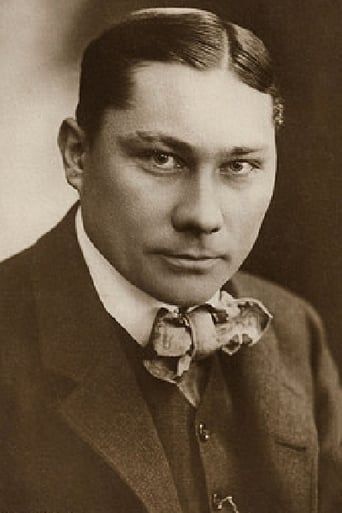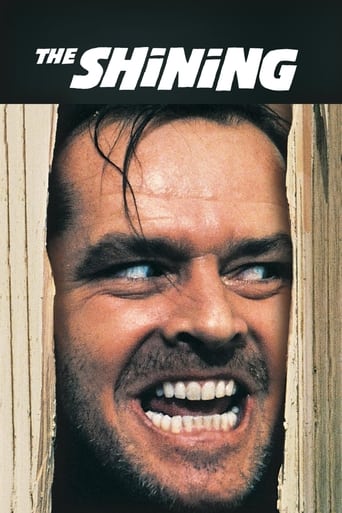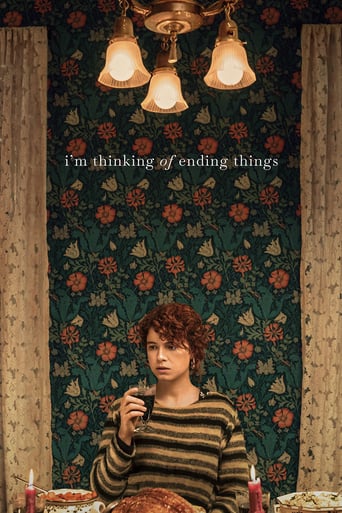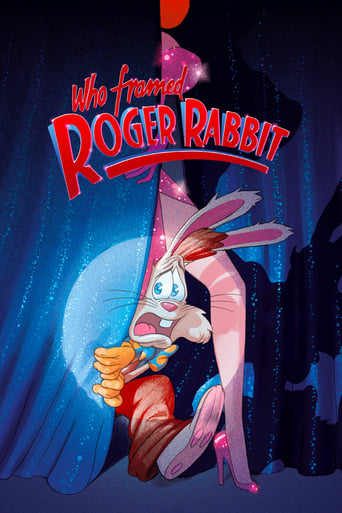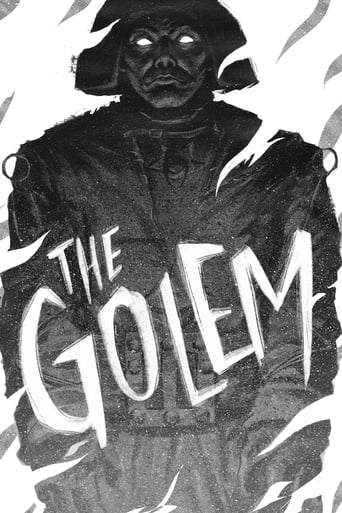
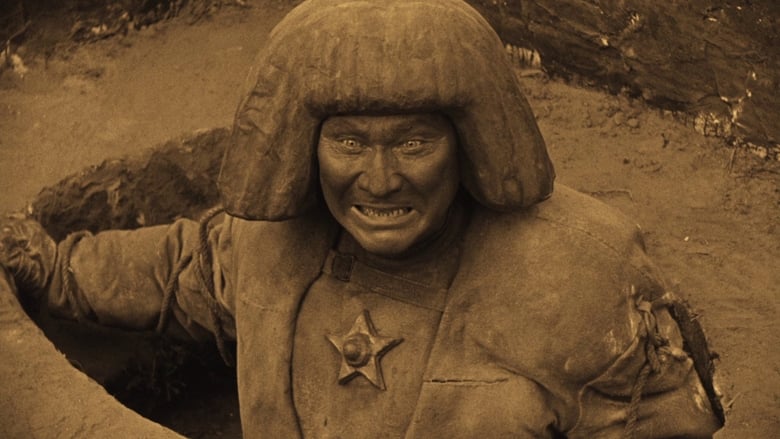
The Golem: How He Came into the World (1920)
In 16th-century Prague, a rabbi creates the Golem - a giant creature made of clay. Using sorcery, he brings the creature to life in order to protect the Jews of Prague from persecution.
Watch Trailer
Cast


Similar titles
Reviews
Yes this movie is precursor to the amazing 1931 Frankenstein. Everything you love about Frankenstein; first came from this movie. The way that Paul Wegener as the Golem move is similar to Boris Karloff's monster. The way, the clay monster is unsure what to do with the child is the same as Frankenstein's monster when meeting the girl at the lake. There are countless influences from the Golem that help how James Whale's Frankenstein's monster come alive on film. Even the old Golem Jewish legend would be used by Mary Shelley in her novel, Frankenstein. Paul Wegener was great in the role. His great facial expressions, Paul use is just awesome. The costume may looks funny because it looks like something that the star burst berries and cream little lad would wear, but Paul Wegener makes the Dutch-boy look scary with his astonishing make up. In my opinion, the Golem with its' forehead is written the Jewish word EMETH, which means "truth" looks scarier than this. The film was the last of three films about the Golem that Wegener made. It's the only one of three movies not to be lost due to time. The other two movies are The Golem (1915) and the short comedy The Golem and the Dancing Girl (1917), in which Wegener dons the Golem make-up in order to frighten a young lady he is infatuated with. This movie is a prequel to The Golem and is the best known of the series. This silent horror film by Paul Wegener serves as a great example of German Expressionism. German cinema was amazing in those silent era times with such hits like Nosferatu, Caligari, and the Golem is no exception! The Golem works well as a silence film character. The story goes like this, in 16th-century Prague, Jewish Rabbi Loew (Albert Steinruck) creates a giant creature from clay, called the Golem, and using sorcery, brings the creature to life in order to protect the Jews of Prague from persecution from the Holy Roman Emperor. However, the rabbi's assistant, Famulus (Ernst Deutsch) takes control of the golem and sends it forth to do his nefarious bidding, which includes abducting the beautiful Miriam (Lyda Salmonova), the Rabbi's beloved daughter. So the creature turns against its creator, and become loose in the city creating havoc. The script was adapted from the 1915 novel The Golem by Gustav Meyrink. That novel is based on Jewish folklore based on real-life person of Judah Loew ben Bezalel, the late-16th-century rabbi of Prague who is believed to have made a real-life golem at the time. I love the flickering images, the "Brandenburg Concerto" soundtrack, and the film's angular sets I like the newer DVD version, that had the newly composed soundtrack by Aljoscha Zimmermann incorporates Jewish melodies with folk dance material and is very actual. Here are the faults of the film. First off, the name is 'Golem' which means in Modern Hebrew as dumb or helpless. It's doesn't have that ringing of powerful creature. I miss the old bible meaning of 'my unshaped form', which makes more sense than the Modern Hebrew or Yiddish meaning. The film ending is a bit disappointing. Who knew a little girl can do that to a powerful monster? Even the restored print of the film, there are some cracks and imperfections still there. As a result, brightness varies moment to moment and the edges of the screen are generally quite muddy. The movie is a bit anti-Semitic, while it's somewhat portray the Jewish right, it's kinda doesn't. While they don't portray these characters are big-nosed money-grubbing Shylocks, but they do portray them as Wizards and witches that practicing the black arts, hints why the Emperor wanted the eviction of the ghetto Jews. Just think about this: this movie is made in 1920 Germany after it's defeat in 1918 in WWII. It's foreshadow a lot of what will happen in less than 15 years later. It is said that the house having that Golem was boarded up. Also that when Hitler invaded Prague, he ordered that that house be left alone. And, that it is still boarded up today. Something scared the people back then. Overall: for any silent era horror fan, it's a must watch. If not a silent era fan, it's not too hard to watch. It's very interesting. If the story doesn't get you, the music will. Give it a try as well.
I watched it because the design and the story seemed to be nice, i wasn't disappointed about that. You can be sure when you watch this film, to see a beautiful golem and decorations. The others characters are also great, mostly Lyda Salmonova with her role of the Rabbi's daughter. I was also impressed by the soundtrack which fit nice with the pictures. The ending was pretty sad but it's how the movie finish and there were no alternative ending at this time. The directors aren't famous and "The Golem" is their only famous film, it's a bit sad because it's a nice movie. The theme of the Golem already have been done in cinema twice before this movie, an lost film released in 1915 and a comedy in 197 named "The Golem and the dancer".
Given the enormously strong impression these silent movies are making on me, I would be tempted to conclude that the primeval form of cinema art, the silent art, was the superior one, and that what has been lost was vastly preferable to what has been gained by the sound. On the other hand, and speaking of this fantasy movie, the Golem is 'my creature theme', finding it in every way superior to 'mad scientists' creatures movies'.DER GOLEM is awesomely crafted, and Paul Wegener's performance remains a hallmark for the fantasy cinema. Exciting, wise, thrilling, what a storyline . In the silent cinema, they had a very positive notion of beauty, of what's beautiful on screen. Karl Freund provided the sensational cinematography.Movie entirely constituted by style. Sheer virtuosity. In a sense, GOLEM is better than FAUST, than BERLING and then ARNE; and, also in an accept-ion, more stylish than USHER and NOSFERATU. Am I nearing the affirmation that GOLEM might be the best of the silent fantasy movies? Perhaps yes. (I disliked CALIGARI; but those mentioned here are beautiful beyond comparison.)How are the Jews depicted here? Well, not entirely positively; they are accused of black magic—which they actually practice. They are presented like a persecuted minority; but also like folks who indulge in black magic, who conjure demons, etc.. Not really the people of the Old Law, but of Babilonian magic.
Monday January 26, 7:00pm, The Paramount, SeattleIn sixteenth century Prague, the Emperor declares that all Jews will be banished from the city. A rabbi using magical powers creates a man made of earth to protect his people and summons a demon to give the ‘Golem’ (Paul Wegener) life. When the Emperor is saved by the creature, he rescinds his edict, but the Golem is abused by the rabbi’s assistant and embarks on a rampage of terror in the ghetto.Told in the manner of a folk tale, The Golem: How He Came Into the World (1920) features an abundant use of complex lighting, dramatic composition and striking design elements with Gothic overtones. Remade from a story Wegener brought to the screen in 1914 which is now considered lost, The Golem was a recognizable influence on Hollywood, while it offered proof of his skill as a filmmaker and established Wegener’s role in the development of German Expressionism.


